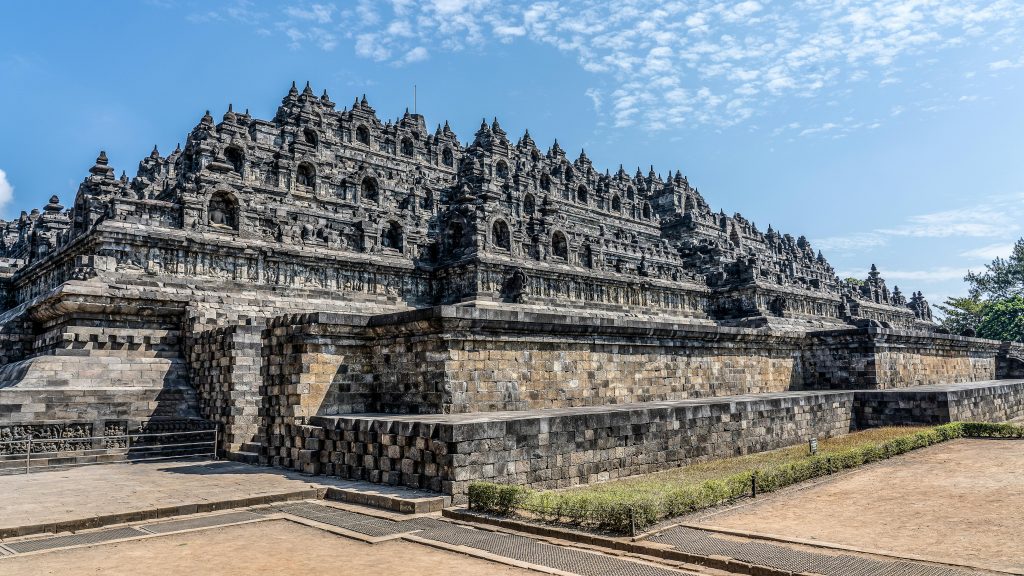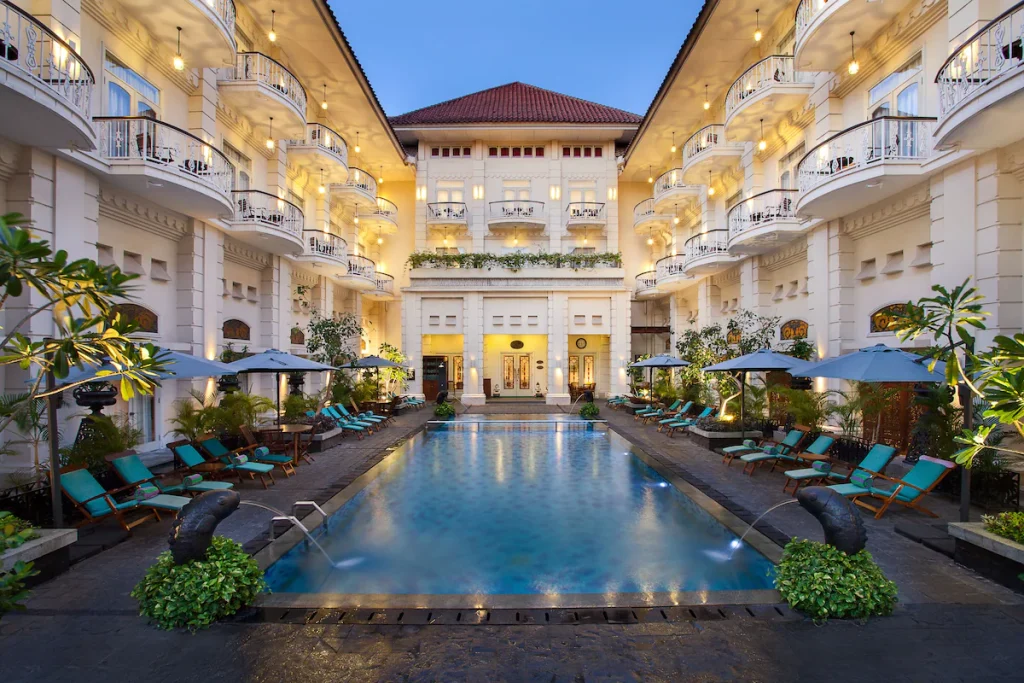Bali Travel Guide #2: Discover the Whole Island the Laid-Back Way
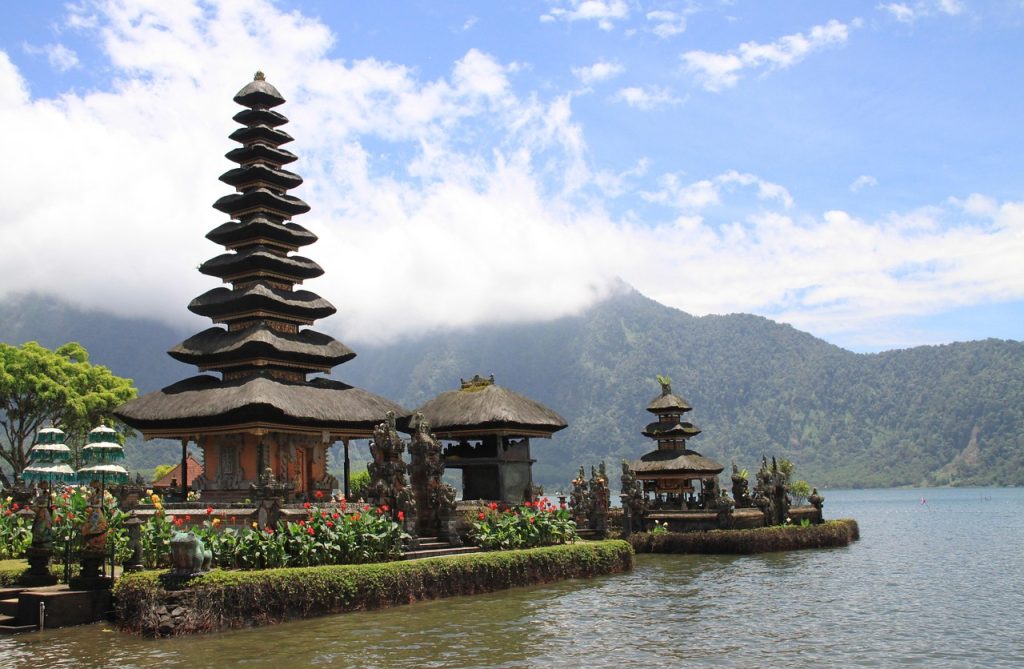
Looking to explore Bali at a relaxed pace, and discover the whole island without the rush? This guide is designed for slow-travelers who want to savour hidden coves, lush highlands, quiet villages and authentic moments off the beaten path. Whether you’re planning a two-week stay or a month-long escape, you’ll find practical insights on how to move slowly, choose peaceful bases, and dive deeper into Bali’s landscapes, culture and everyday rhythm.
- Bali Travel Guide #2: Discover the Whole Island the Laid-Back Way
First Impressions & Southern Skies
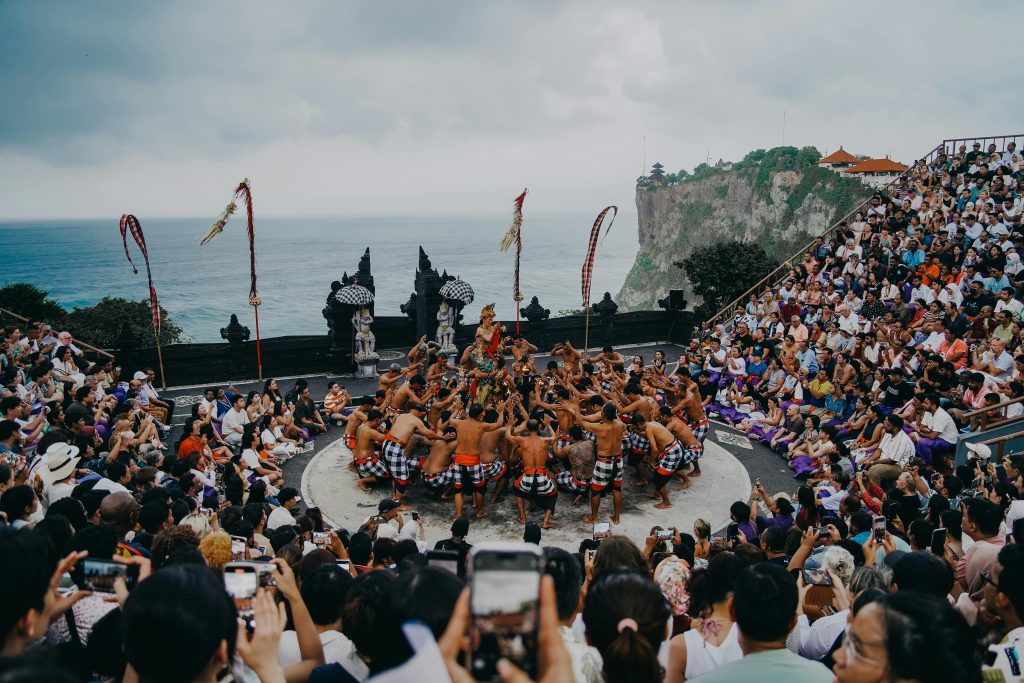
Over a month, our team member from the Netherlands, Edwin, came and stayed in Bali. We traveled slowly; by motorbike, homestays, and quiet spots, covering south, central, north, east, and west Bali.
It was Edwin’s first time in Bali, his long-awaited escape from the greyness of Dutch skies to the vibrant hues of Indonesia. For us, Bali was already a familiar embrace, a place we’d returned to again and again. This time, though, we were staying for a whole month, and we couldn’t wait to show him not only the famous places but also the hidden charms of this island we hold so close to our heart.
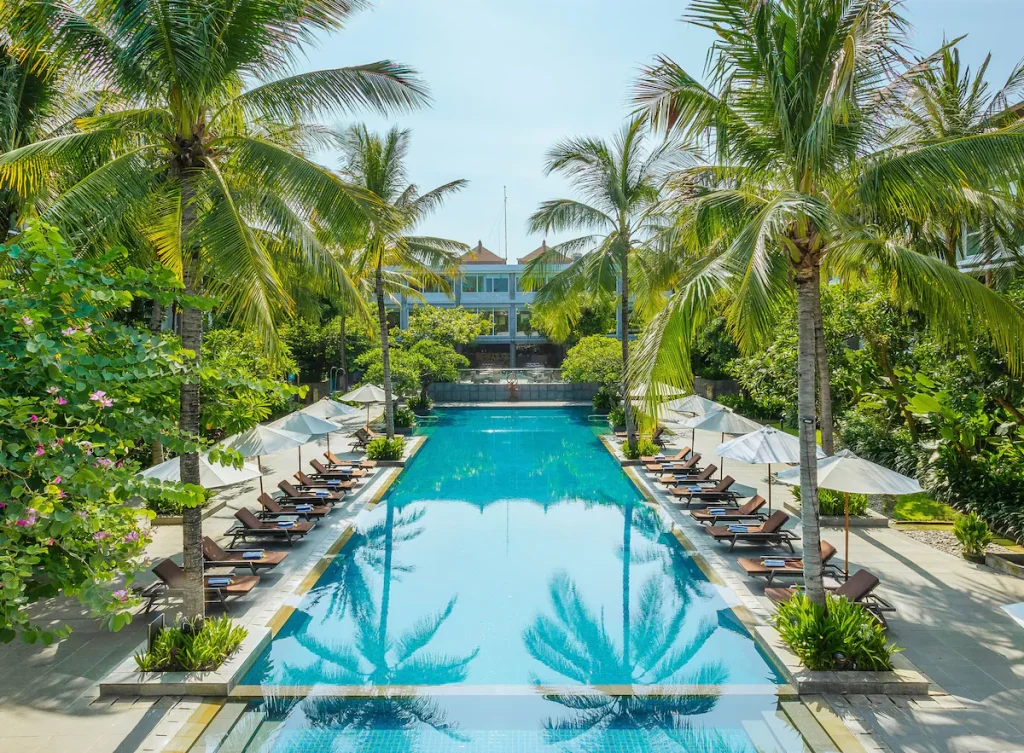
After landing in Denpasar, we didn’t rush. Instead, we took it slow, heading south to unwind in Hilton Garden Inn Bali, a lovely hotel which only like 2.5km from the airport. This cozy stay gave us the perfect opportunity to explore the southern part of Bali over the first few days, and let the jet-lagged Dutchie get some much-needed rest after his long-haul flight.
Clifftop Dreams & Hidden Coves
The southern coast of Bali gifted us simple joys; sun, sea, and slow days by the shore. While popular beaches like Padang Padang, Dreamland, Melasti, and Balangan shimmer with beauty, they often buzz with crowds chasing the same slice of paradise. Still, each offers a unique charm worth a short stop.
But it was Uluwatu that truly stole our hearts. Perched dramatically above the Indian Ocean, this cliffside haven blends untamed nature with spiritual energy. Uluwatu Temple, carved into the edge of the world, offers a sunset experience unlike any other; fiery skies, crashing waves, and the rhythmic chants of the Kecak dance echoing into dusk. Performances begin around 6 PM, and tickets are easily purchased at the gate for around IDR 150,000.
Just below the cliffs, through a narrow stone passageway and into a cave, lies Suluban Beach, also called Blue Point. More than just a beach, it’s a hidden world; a wild, rocky cove where turquoise water meets soft sand in a surreal, cinematic scene. Surfers flock here for the breaks, but even if you’re not riding waves, the atmosphere alone is worth the descent. Tide pools shimmer, the sunlight dances on cliff walls, and at low tide, new corners of the beach quietly reveal themselves.
For the thrill-seekers, Benoa Peninsula offers plenty; jet skis, flying fish rides, banana boats. But for us, the magic lay in moments unhurried.
We ended the day with a quiet dinner on the beach at Nusa Dua, barefoot in the sand, grilled fish fresh off the fire, and the sea whispering its soft applause.
Serangan Island: Where Sea Turtles and Hope Return to the Ocean
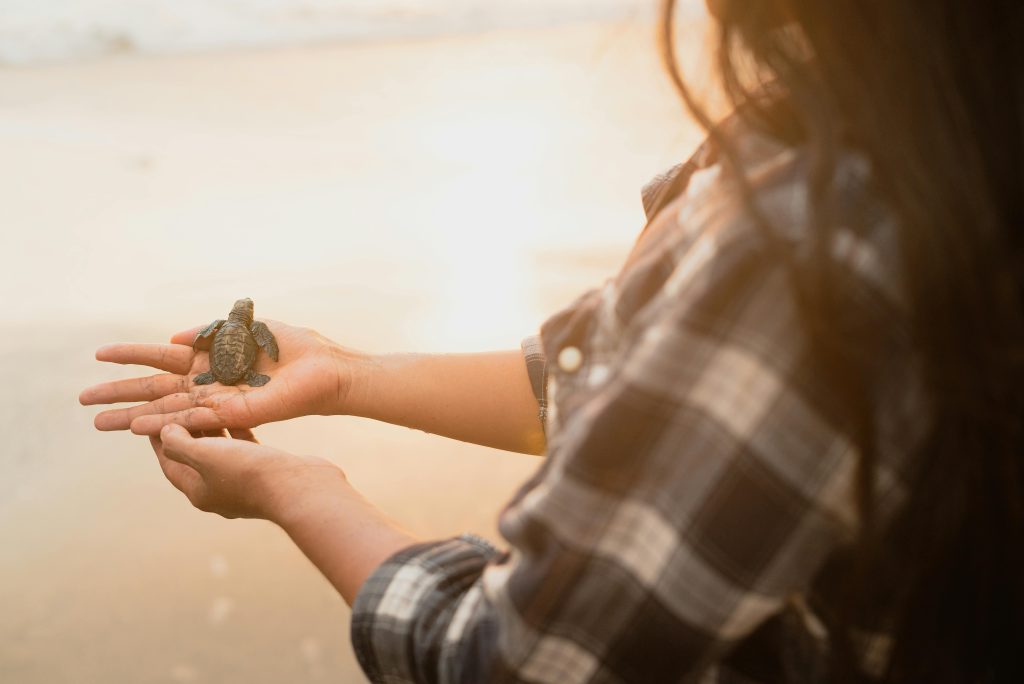
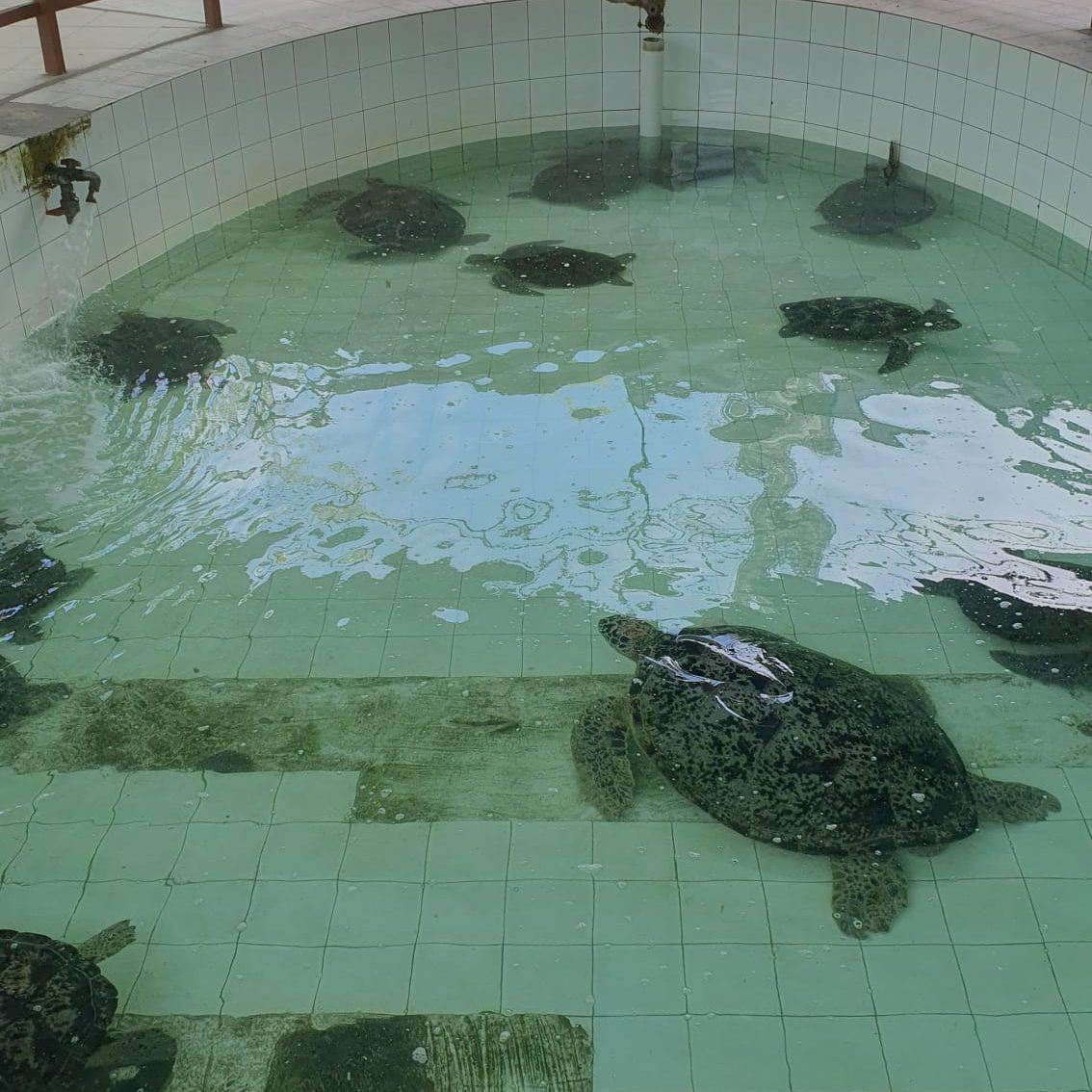

One day we rode to Serangan Island, far from Bali’s bustling beaches, lives a different kind of island story; one of healing, hope, and slow return. At the Turtle Conservation and Education Center (TCEC), the rhythm of life is measured in flipper strokes and the gentle hush of ocean-bound releases.
Founded in 2006 by local heroes with a mission to end the cruel turtle trade, TCEC has become a haven for sea turtles caught in nets, wounded by pollution, or stolen for profit. Here, they are not just rescued, they are respected. From tiny hatchlings trembling in shallow tanks to large green turtles recovering in shaded pools, each resident is a chapter in a larger narrative of protection and renewal.
Wander through the center and you’ll meet passionate caretakers who speak softly to the turtles, and volunteers who clean, feed, and teach. You’ll learn how centuries of cultural beliefs once conflicted with conservation, and how today’s communities are becoming allies in this quiet revolution. Visitors are not just spectators, they are part of the change.
Watching a rehabilitated turtle glide back into the sea is a powerful reminder: healing takes time, and so does meaningful travel.
💡How you can help
- At TCEC, you can do more than observe—you can give a turtle its second chance. From April to September, visitors can adopt and release a turtle with their own hands, sending it back to the sea in a truly moving moment.
- Donations keep the center running, and for those staying longer, volunteering offers a deeper way to give back—caring for turtles, supporting education, and joining a mission of quiet impact.
- Visit between July and October, and you might witness a mass turtle release—an unforgettable farewell to the waves.
💡Contact
- Phone: +62-813-3849-0357
- Address: Jalan tukad punggawa lingkungan Ponjok, Serangan 80229, Denpasar, Bali , Indonesia (Google Map)
- Website: https://tcecserangan.jimdofree.com
Kuta’s Pulse and Quiet Reminders
We briefly dipped into Kuta’s buzzing nightlife, bars pumping live music, neon lights, and cocktails galore. It’s not our scene, but walking along the beach at night was atmospheric.
We also paid our respects at the Bali Bombing Memorial, a solemn tribute to the 202 victims of the 2002 attack carried out by Jemaah Islamiyah. The monument stands in the heart of Kuta, a painful reminder of paradise scarred, but also of the resilience and grace with which Bali has healed.
Our Peaceful Home Base: Mengwi
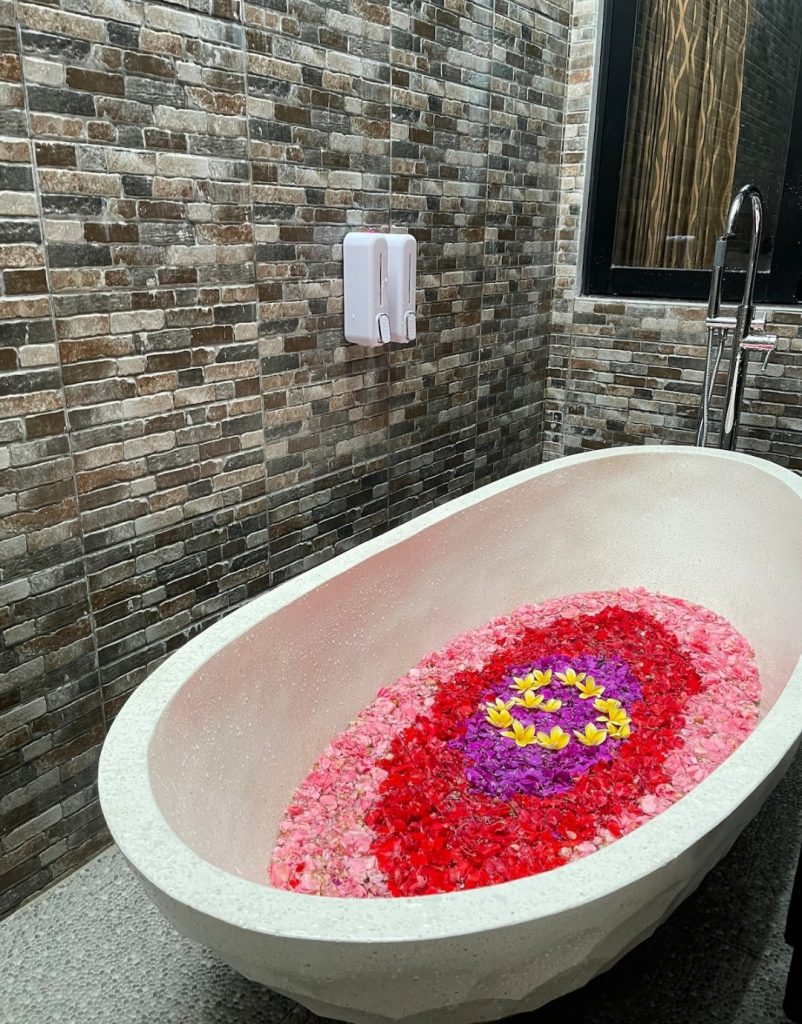
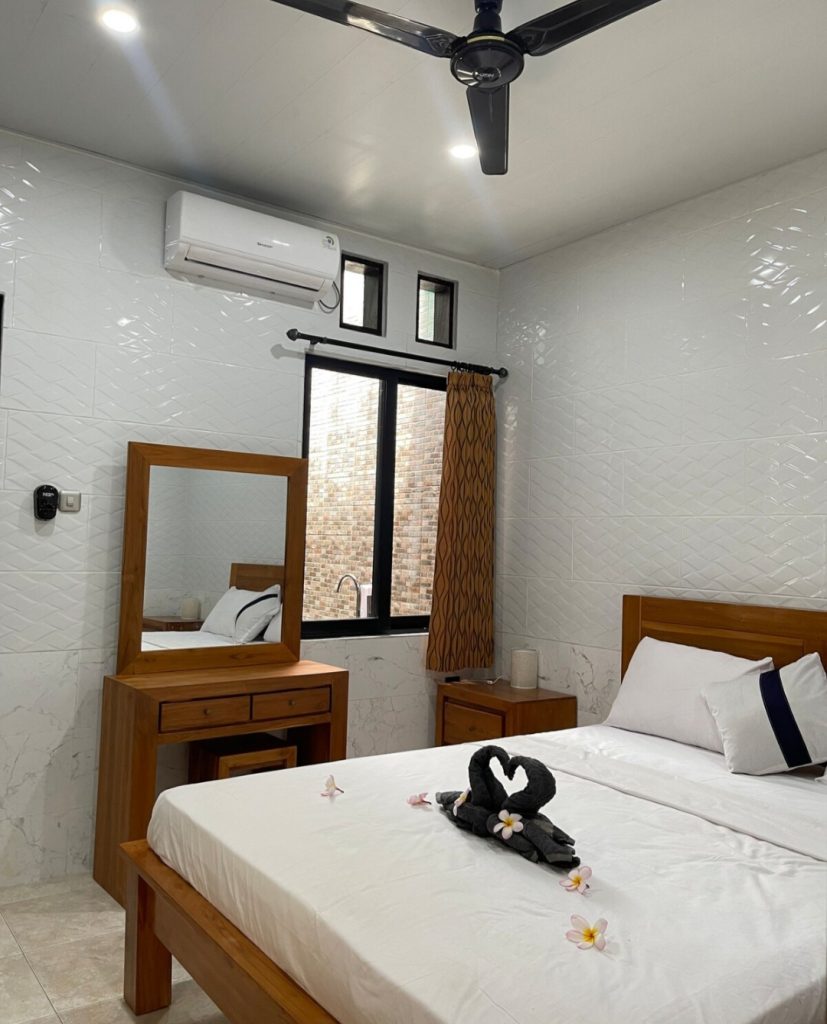
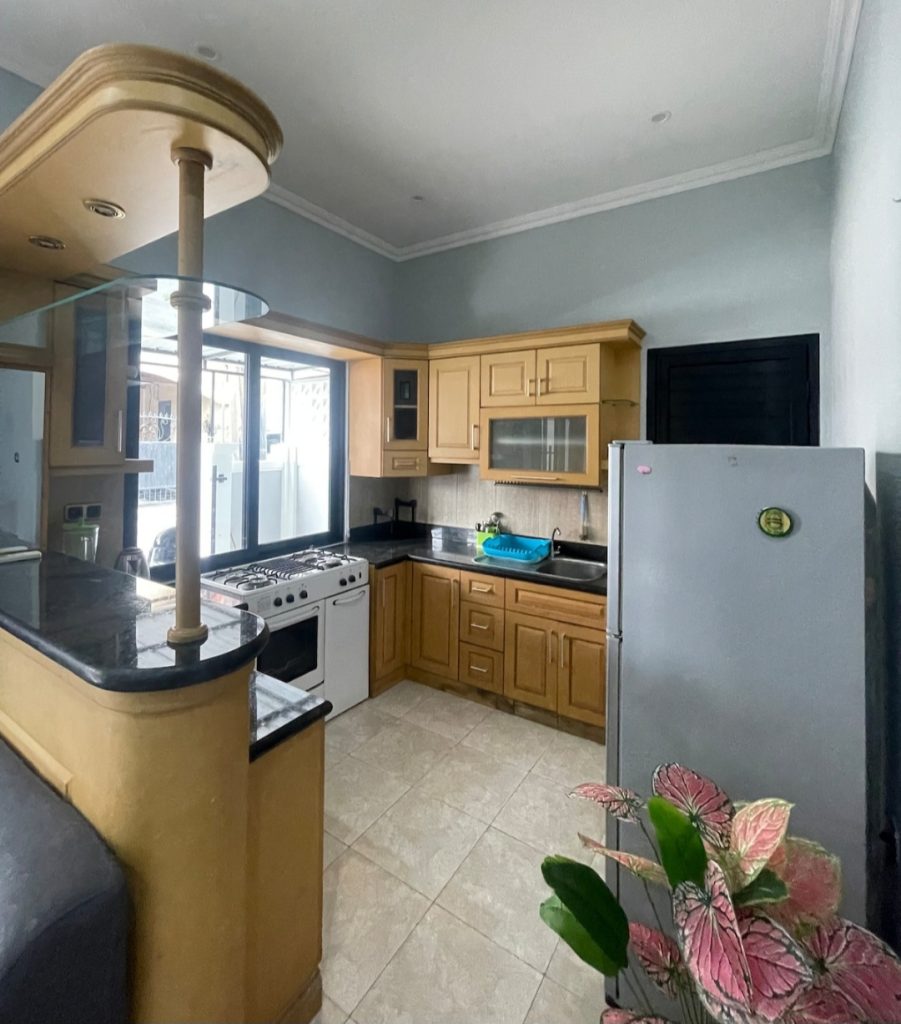
After a few days in the south, we moved to our Airbnb homestay in Mengwi, a peaceful area with a more local, laid-back vibe. The house was simple, but charming. The hosts, an Irish-Balinese couple (though they now live abroad), had left it in the care of the wife’s brother, who lived next door with his sweet wife and adorable snack cart.
They made us feel like family. Always there when we needed help, dropping off gallons of water, offering local snacks, or just smiling in that uniquely Balinese way. This was our sanctuary. We’d explore the island in short trips, but always return here to rest, reset, and sip tea on the porch.
For us, the best way to travel slowly is by staying in an entire house, preferably close to the host or owner. Having a whole place to yourself gives you room to breathe, especially if you’re planning a longer stay. A private kitchen means you can cook your own meals now and then, which is both comforting and practical. And being close to the host? That’s the real magic. Most of the time, they’re incredibly helpful; ready to lend a hand, answer questions, or point you toward hidden gems and quiet corners of the island that only locals know. It’s also the best way to get a real feel for daily life, not just observe it from a distance.
Monkey Hugs and Snake Wishes
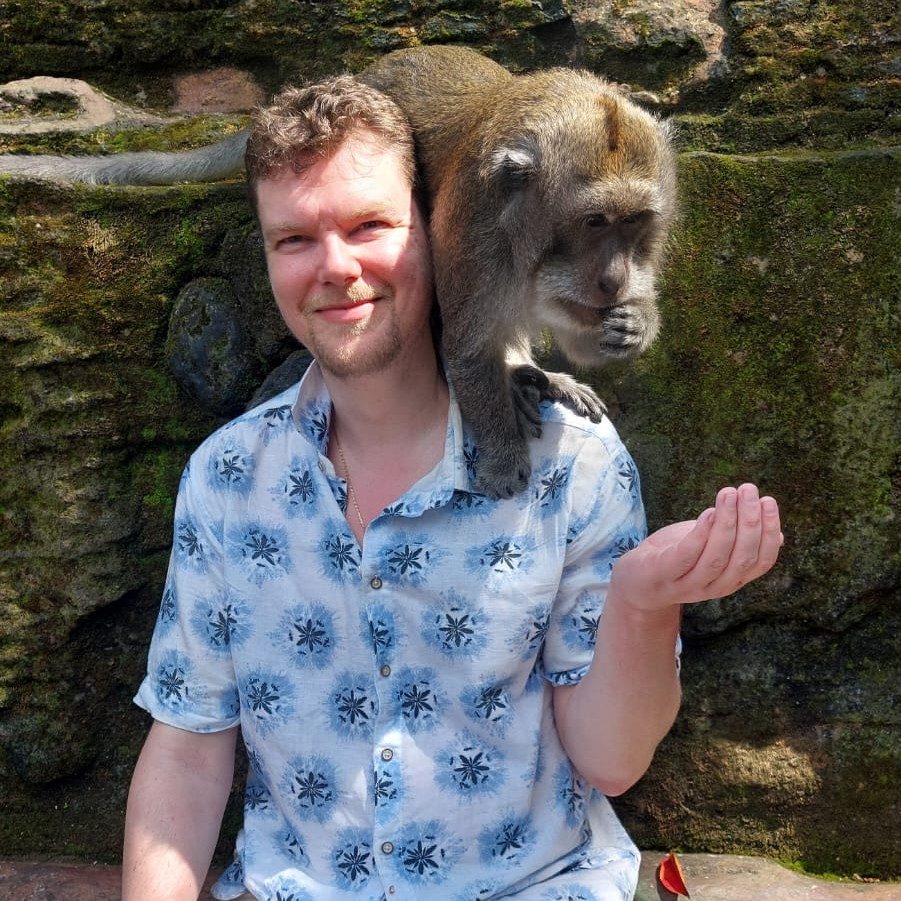
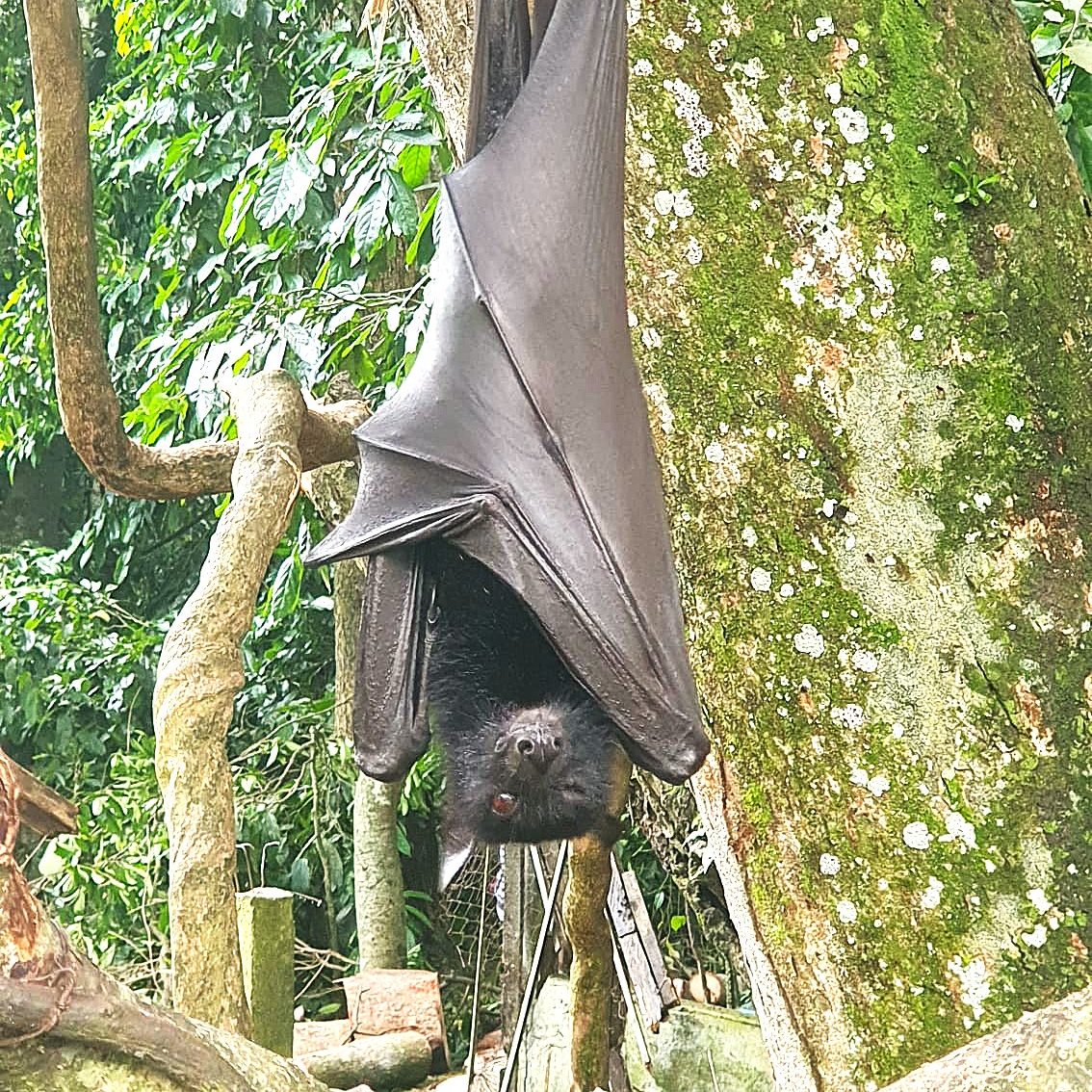

Mengwi is full of gems from the lively surf at Canggu Beach to the peaceful shores of Seseh and Pererenan. Nearby, Alas Kedaton Monkey Forest lets you get close to monkeys and giant fruit bats. Don’t miss the iconic Tanah Lot Temple, perched on a rocky sea outcrop, where sacred sea snakes guard the site, a truly unforgettable spiritual experience.
Canggu is vibrant but very touristic, packed with surfers by day and party crowds by night. Luckily, Mengwi is far enough from the crowd to give you all tranquillity you look for, yet close enough to access all convenient facilities, such as great clinics, yoga studios, and western supermarkets for those craving a taste of home. For quieter beach time, check out nearby spots like Seseh, Pererenan, or Mengening Beach, just as beautiful, but far less crowded.
Alas Kedaton is a peaceful alternative to Ubud’s Monkey Forest. It sees far fewer tourists, making for a more private experience. With a local guide, you can wander the spacious grounds, feed friendly monkeys, and even let them climb on you if you’re up for it. There are also a few giant fruit bats, kept in a cage but occasionally released to fly. You can snap a photo with them, even dressed in Balinese attire for some cultural twist.
We also visited the iconic Tanah Lot Temple, perched on a rocky offshore outcrop and famous for its spectacular sunset views. Beneath the temple, in a cave by the sea, we encountered something unexpected and mystical, sacred sea snakes, believed by locals to guard the temple from evil spirits. For a small donation, a friendly guide invited us to touch and gently caress the snakes while making a wish. The snakes were soft, cool, and super relaxed, and the moment felt like a quiet blessing from the island itself.
💡Tips visiting Tanah Lot:
- Best visited at low tide to access the cave
- Bring a small donation (IDR 10,000–20,000) if you wish to interact with the sacred snakes
- Sunset can get very crowded—arrive early for good views
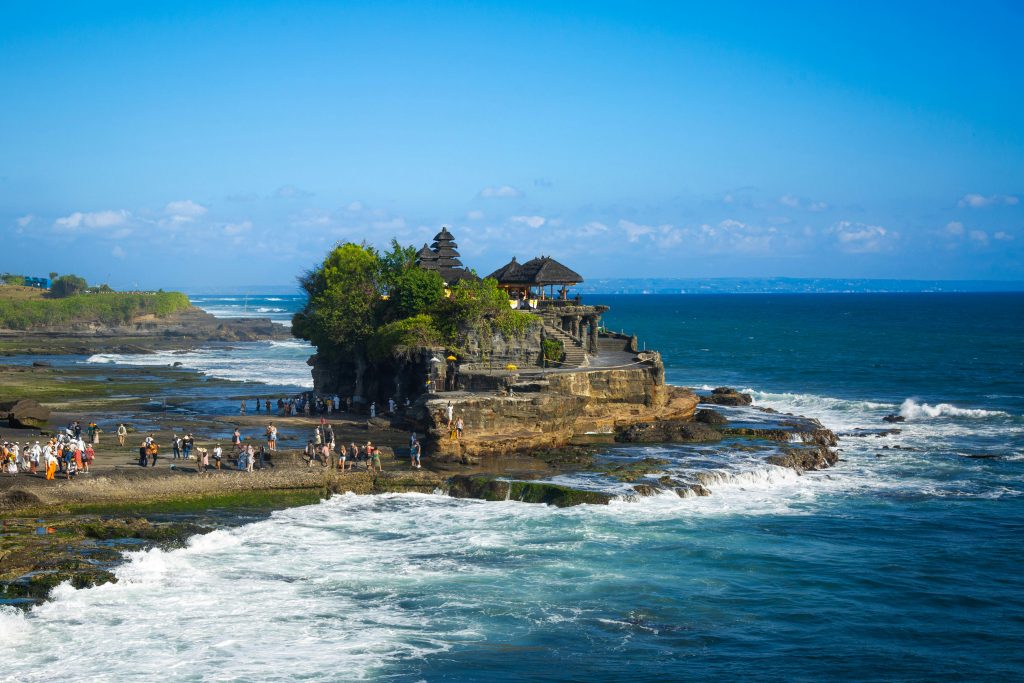
Discovering Ubud and Beyond
Just a short ride from Mengwi, Ubud is a vibrant hub where culture, nature, and tradition blend effortlessly. While places like the famous Tegallalang Rice Terraces and the Sacred Monkey Forest draw many visitors, our favorite experience was a bit off the beaten path, Gunung Kawi Temple. This ancient site, carved into towering rocks, remind you with the ancient site of Petra in Jordan, and surrounded by tranquil rice fields, offers a quieter, more intimate glimpse into Bali’s rich history and serene landscapes, perfect for those looking to explore beyond the usual crowds.
Sacred Stones & Secret Splashes: A Day at Gunung Kawi
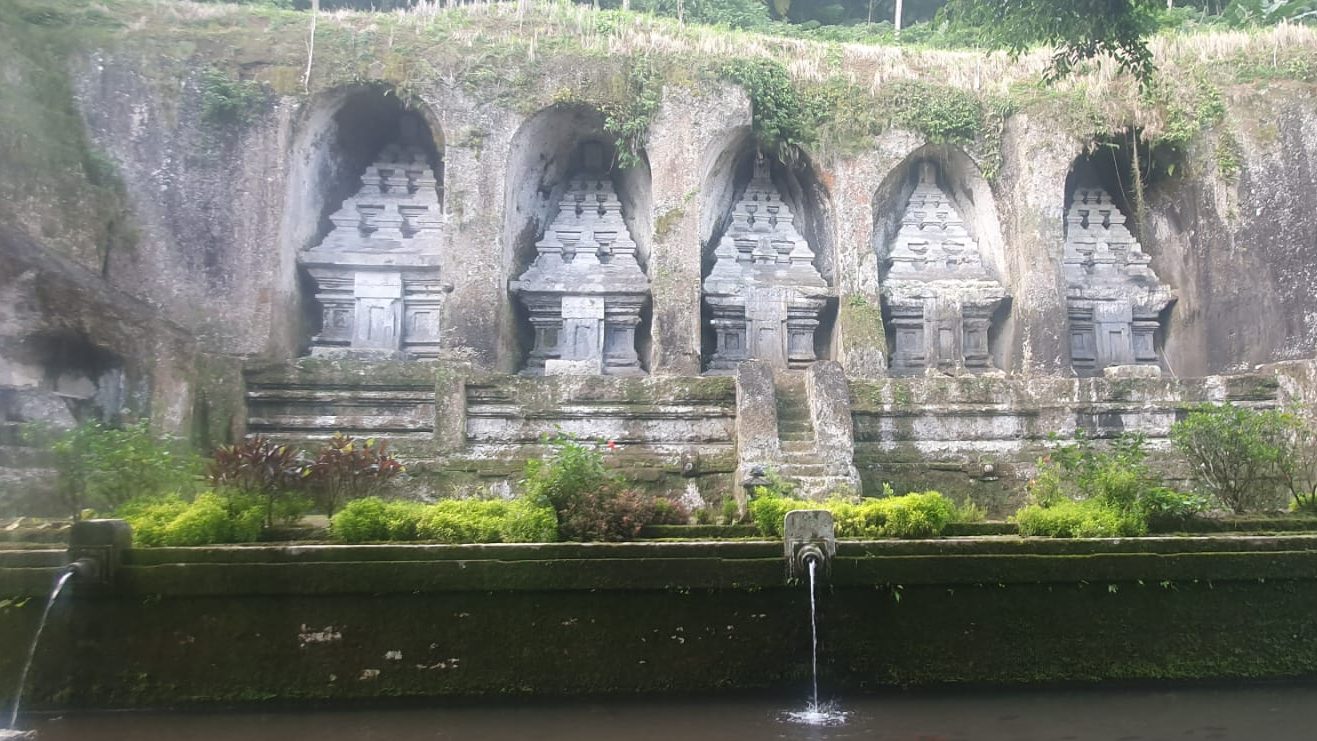
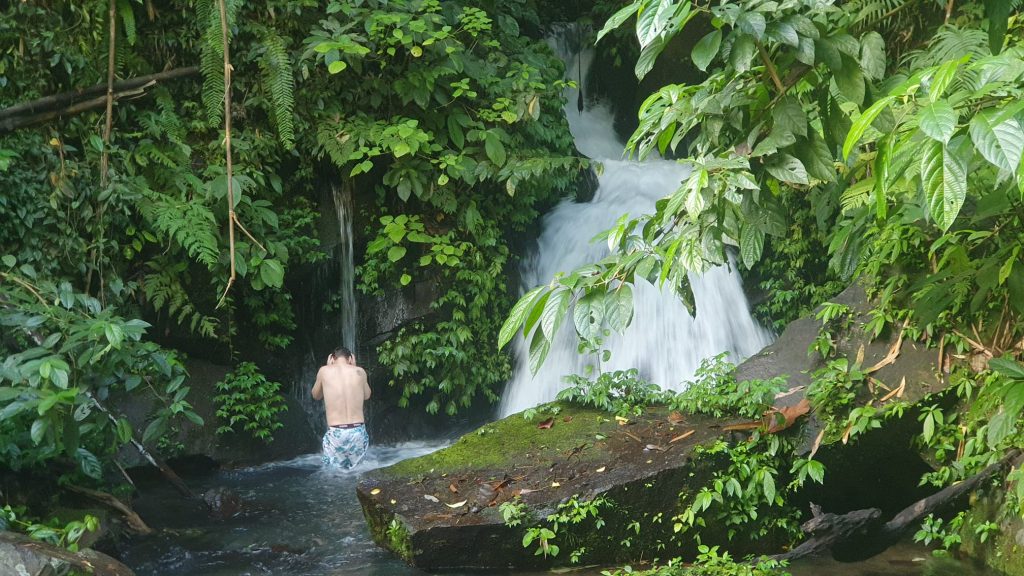
Nestled deep in the lush valley of Tampaksiring, Gunung Kawi Temple is one of Bali’s most captivating archaeological treasures. Carved directly into the rock face, these majestic 11th-century shrines honor King Anak Wungsu of the Udayana dynasty and his royal family. Towering above a sacred river, the site hums with reverence and ancient grace.
Reaching Gunung Kawi means tackling hundreds of steep steps down into, and back up from, the valley, so wear sturdy shoes and comfortable clothes. Flip-flops won’t cut it.
But the effort pays off, the temples themselves are truly breathtaking, carved directly into the rocks. If you follow your curiosity beyond the main temple complex, you’ll discover quieter paths and hidden gems waiting to be explored.
Going off the beaten path often brings unexpected perks: we met a friendly Balinese ibu working her fields who pointed us toward a hidden waterfall nearby. Away from crowds, the peaceful spot felt like our own secret paradise.
Here’s a tip: once you’ve made the long trek down, don’t leave any belongings behind. We learned this the hard way when we left our car key at that very waterfall. Retracing those steep steps in a panic is no fun. Edwin offered to go back while we waited; worrying, of course, because he took forever and we couldn’t reach him; there was no signal down in the valley. Luckily, he eventually returned, soaked and smiling, key in hand. It wasn’t funny at the time, but in the end, we couldn’t stop laughing, especially after he admitted he jumped in again to cool off.
Gunung Kawi gave us more than just temples and views, it gave us an unexpected adventure, a moment of stillness in the rice fields, and a story we’ll smile about for years to come. Because isn’t that the heart of travel? A little history, a little sweat, and a little magic you never saw coming.
North’s Charms: Temples, Waterfalls, and Seaside Serenity
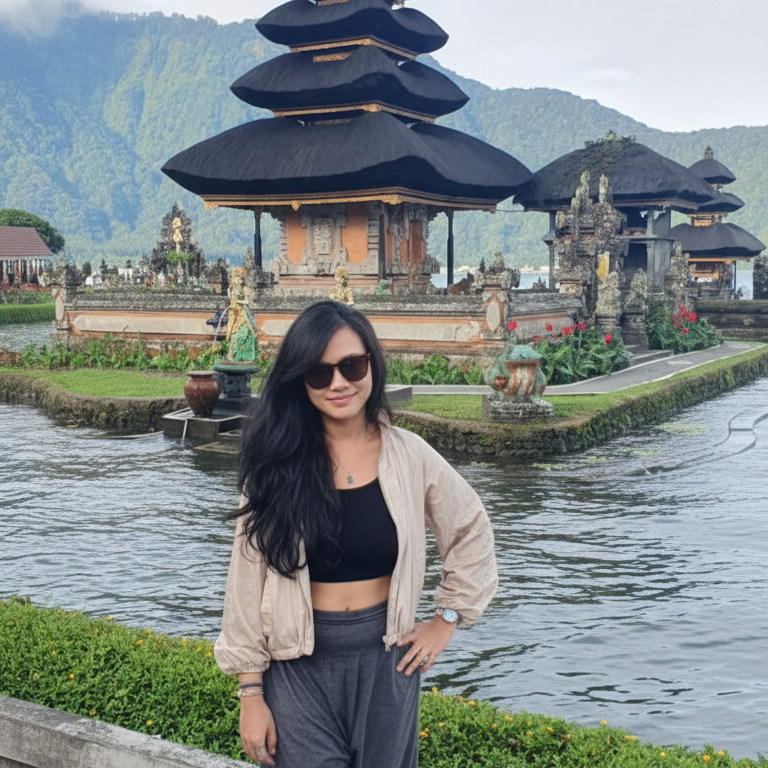

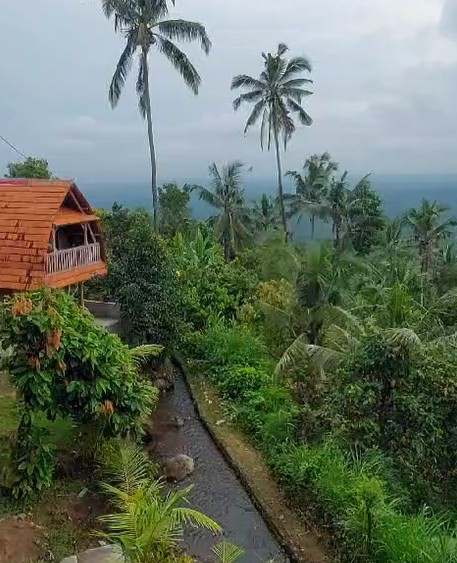
Another time, we headed north to visit Ulun Danu Beratan Temple, one of Bali’s most iconic landmarks. Floating serenely on Lake Beratan and often shrouded in mist, it looks like something from a dream. Built in the 17th century and dedicated to Dewi Danu, the goddess of water, this temple plays a vital role in Bali’s traditional subak irrigation system and holds deep spiritual meaning for the Balinese.
A quick tip before you go: the hilly roads leading to the temple can be misty and cold, even during the dry season. Surrounded by highlands and dense forests, the atmosphere up here is noticeably chillier. If you’re riding a motorbike, take it slow, those winding roads can get foggy fast. And bring a jacket, you might not think you’ll need it in Bali, but even Edwin, who’s used to Dutch winters, was shivering as we drove through the highlands!
Later that day, we craved some adventure, so off we went to the waterfalls of Aling-Aling. It’s not just one fall but a collection of several, each with its own charm, reached by a short trek through lush greenery with a local guide.
Kroya was the most playful, you can slide down the smooth rock face into the plunge pool below, like a natural water slide. At Kembar and Pucuk waterfalls, the brave can cliff-jump into deep, clear water, while others can simply wade in and soak up the mist and jungle air.
Having a local guide isn’t just helpful, it’s a must. They know the safe spots, help with technique, and share stories about each fall. Without them, we would’ve missed the best jumps, and maybe taken a few risky ones.
It was the perfect contrast to the calm beauty of Ulun Danu: temple serenity in the morning, wild waterfall fun by afternoon.
We stayed in a hilltop cottage, quiet and isolated, wrapped in clouds. Few tourists reached this place, which made us feel like we owned the moment—and maybe, for a little while, we did.
Lovina’s Gentle Rhythm
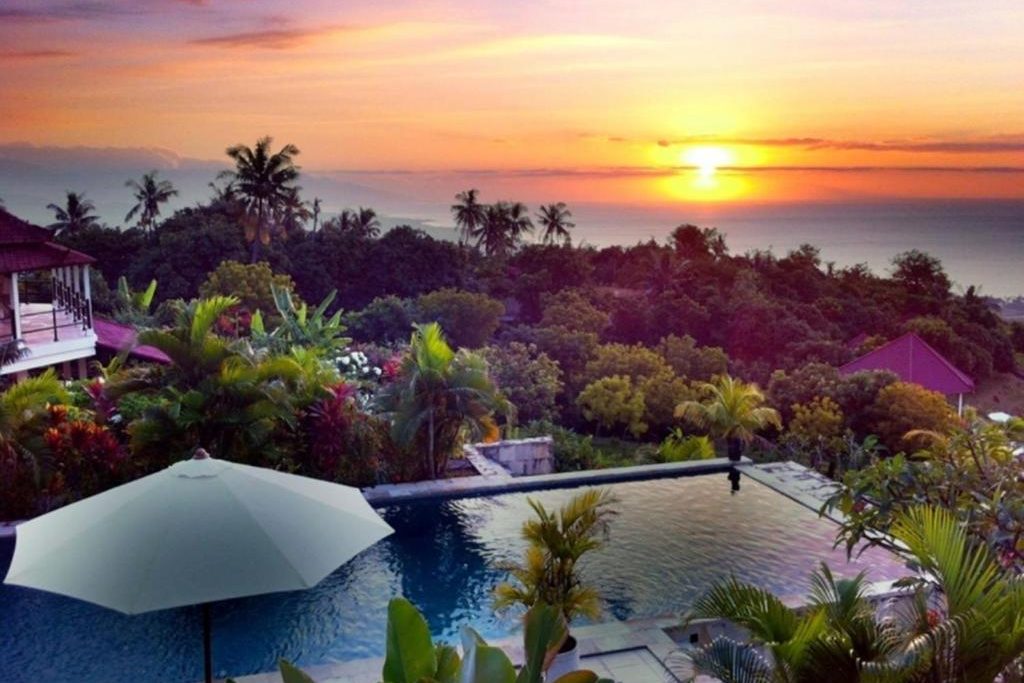
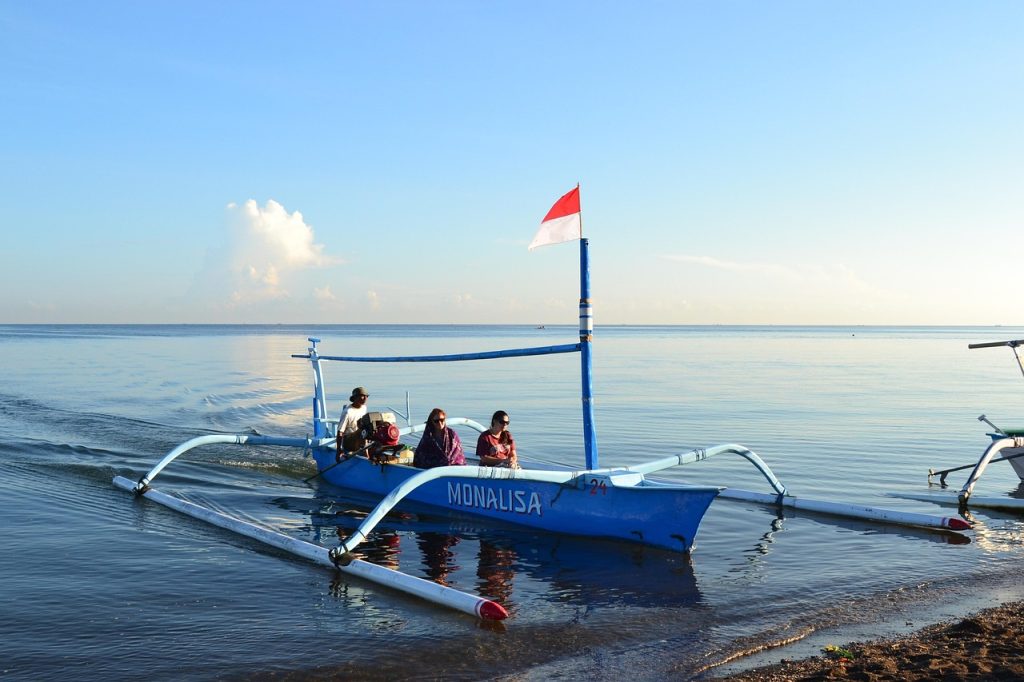
Eventually, we reached the northern coast and stayed at a lovely resort perched above Lovina Beach, The Hamsa Resort. From up there, we watched both sunrise and sunset; fiery skies reflected in glassy seas.
Lovina is known for dolphin watching, and though I’d done it years ago, we skipped it this time. Too many boats chasing the dolphins just didn’t sit right with us.
Instead, we chose the slow path; snorkeling, sunbathing, and sipping drinks made from arak (a potent local spirit often mixed with fruit juices). Lovina isn’t as flashy as the southern beaches, but that’s its charm. The pace is gentler, the crowds fewer, and the ocean; calm, warm, and inviting, perfect for a lazy day.
Snorkeling here is a highlight. Just offshore, a short boat ride takes you to reefs teeming with tropical fish, swaying corals, and the occasional sea turtle if you’re lucky. The waters are generally clear, especially in the morning, making it a great spot for beginners or anyone looking for a relaxed underwater adventure. Most operators offer bundled packages, around IDR 150,000 to 300,000 per person (roughly $10–$20), which often include a dolphin-watching tour at sunrise followed by a snorkeling session. But if you’re not a morning person or prefer to skip the dolphin chase, you can also book just the snorkeling trip. You’ll ride in a traditional jukung (a small outrigger canoe), adding to the charm of the experience.
Afterwards, we found a shady beachside warung where locals welcomed us with stories and jokes. We stayed all day under the trees, sipping chilled arak juice and munching on fried bananas and grilled fish. The ocean played softly in the background, a natural soundtrack to an effortlessly perfect day.
It was one of those rare moments when time slows down, and everything just feels exactly as it should be; sun-kissed, salt-soaked, and gently held by the rhythm of the sea.
Eastern Sunrises and Mountain Spirits
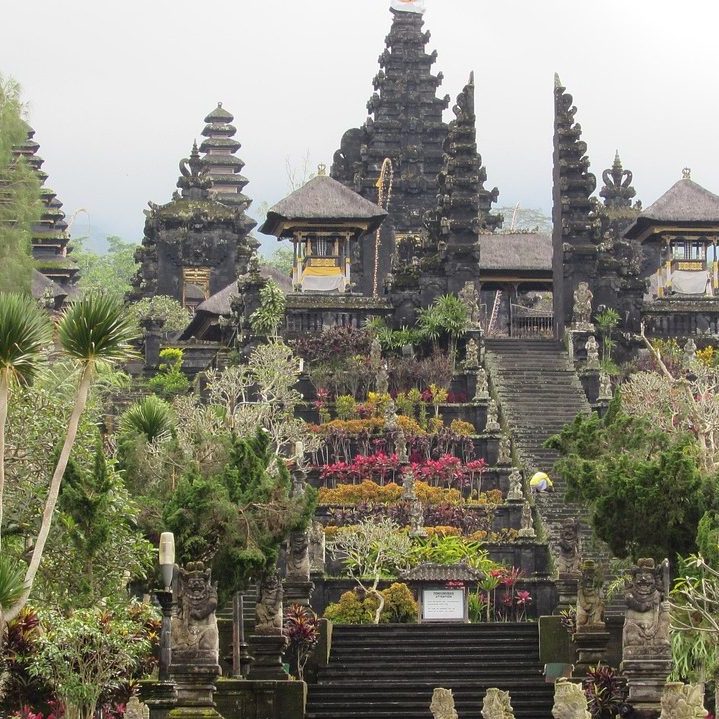
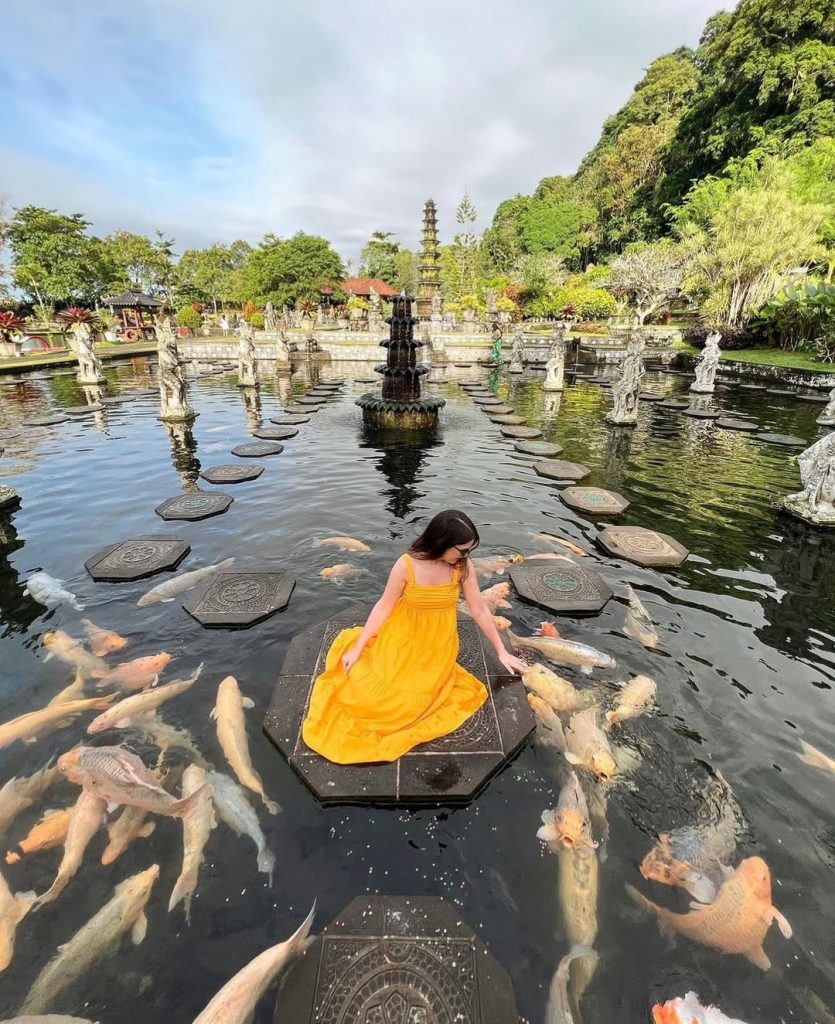
| credit: IG@tirtagangga.bali

Next, we ventured east; an often-overlooked region that quietly dazzles. We paid a visit to Besakih. Perched 1,000 meters up the slopes of Mount Agung, Pura Besakih is Bali’s largest and most sacred temple complex. Known as the Mother Temple, this spiritual heart of the island has stood for over a thousand years, even surviving the powerful 1963 volcanic eruption that miraculously spared the site.
The complex includes over 80 temples, with Pura Penataran Agung as the most prominent. More than just a place of worship, Besakih reflects Bali’s guiding philosophy of Tri Hita Karana, the harmony between people, nature, and the divine. It’s a living reminder of how spiritual life is deeply woven into Balinese daily existence.
Then came the tranquil beauty of Tirta Gangga, a former royal water palace built by the Karangasem kings. Wandering through its koi-filled pools, stepping across stone lotus platforms, and listening to the sound of trickling fountains felt like walking through a living dream. We dipped our toes into the cool spring water, watched children giggling as they fed the fish, and lingered under the shade of frangipani trees. It was a perfect stop for quiet reflection, and maybe one too many koi selfies.
From there, we made our way to Lempuyang Temple, home of the iconic “Gateway to Heaven.” The climb is no small feat, over 1,700 steps if you go all the way to the top, but even the lower tier offers that postcard-perfect view. Framed by the split gate and, on a clear day, the towering silhouette of Mount Agung, it truly feels like a portal to something otherworldly. Yes, you’ll likely have to queue for a photo, but the view; and the serene temple energy, make it worth every step and every drop of sweat.
Finally, we wound down in Amed and Tulamben, two peaceful coastal villages on Bali’s northeast coast. Here, the pace is slower, the beaches darker with volcanic sand, and the sea, a diver’s paradise. In Tulamben, we snorkeled above the hauntingly beautiful USAT Liberty shipwreck, now a reef teeming with marine life and soft corals. Just meters from shore, it’s accessible even for beginner snorkelers. Amed offered its own charm: quiet beachfront cafés, friendly locals, and more coral-rich bays perfect for lazy swims and sunset strolls.
Western Trails and Furry Companions
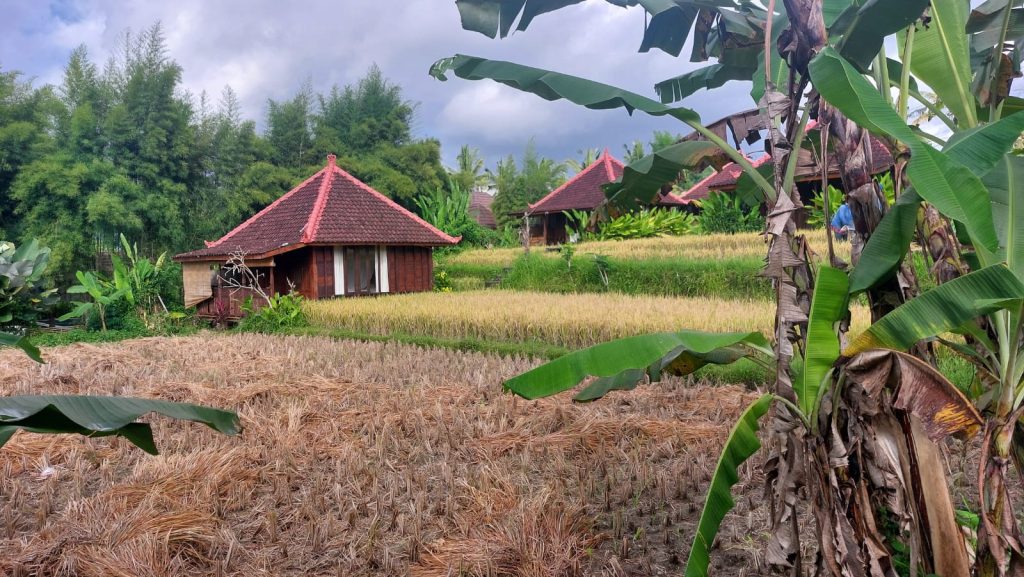
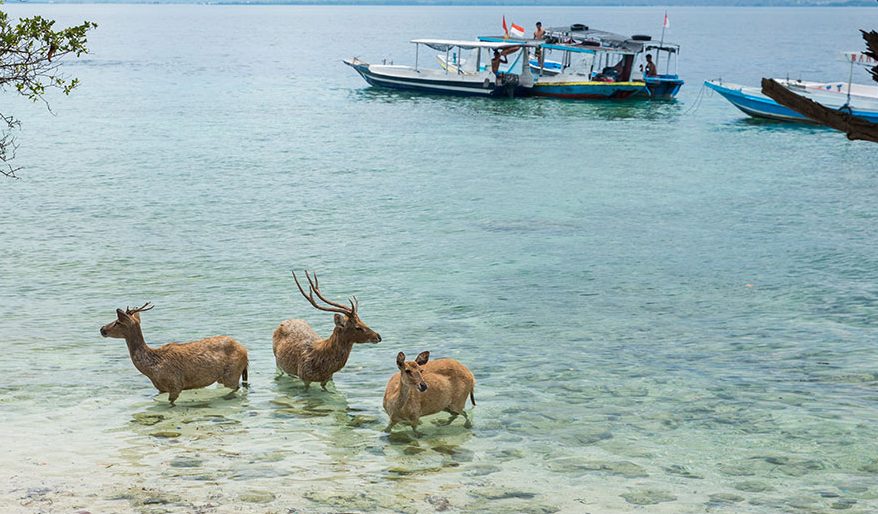
Our final adventure took us west to West Bali National Park and Menjangan Island, a part of Bali that feels like an entirely different world; untouched, quiet, and rich in both land and sea wonders. The park itself is a haven for nature lovers. Covering forests, mangroves, savannah, and coastal habitats, it offers a chance to spot rare wildlife like the endangered Bali starling, wild deer, macaques, monitor lizards, and all kinds of tropical birds. There are marked trekking routes, birdwatching tours, and even kayaking or mangrove canoeing if you want to explore by water. Most treks or tours are done with guides, and it’s worth it, not just for safety, but because they can help you spot and understand what you’re seeing.
To reach Menjangan Island, you’ll need to arrange a boat from Labuan Lalang, the main departure point (roughly a 30-minute boat ride). Entry to the island and marine park requires a small fee, and you’ll need to go with a registered guide or tour, which can be arranged easily through local operators. Once there, it’s easy to see why this island is often called one of Bali’s best diving and snorkeling spots. The coral walls here drop dramatically into the deep blue, filled with colorful reef fish, sea fans, and occasional sightings of turtles and reef sharks. Even if you’re just snorkeling, the clarity of the water and the vibrancy of the reef are unforgettable.
We stayed inland, in a peaceful cottage tucked deep within the rice fields. It was the kind of place where time slows down: birdsong in the morning, frogs after rain, and a sky full of stars at night. To our surprise, we were adopted by a sweet, affectionate cat who showed up on our first day and simply never left—curling up beside us on the porch, following us through the fields, and even waiting by the door each morning. She became part of the trip, an unexpected little companion in our final Bali chapter.
Between forest treks, underwater magic, and quiet village nights, our journey west reminded us why slow travel is often the most rewarding: fewer crowds, deeper connection, and memories that gently stay with you.
A Note From The Road✍️
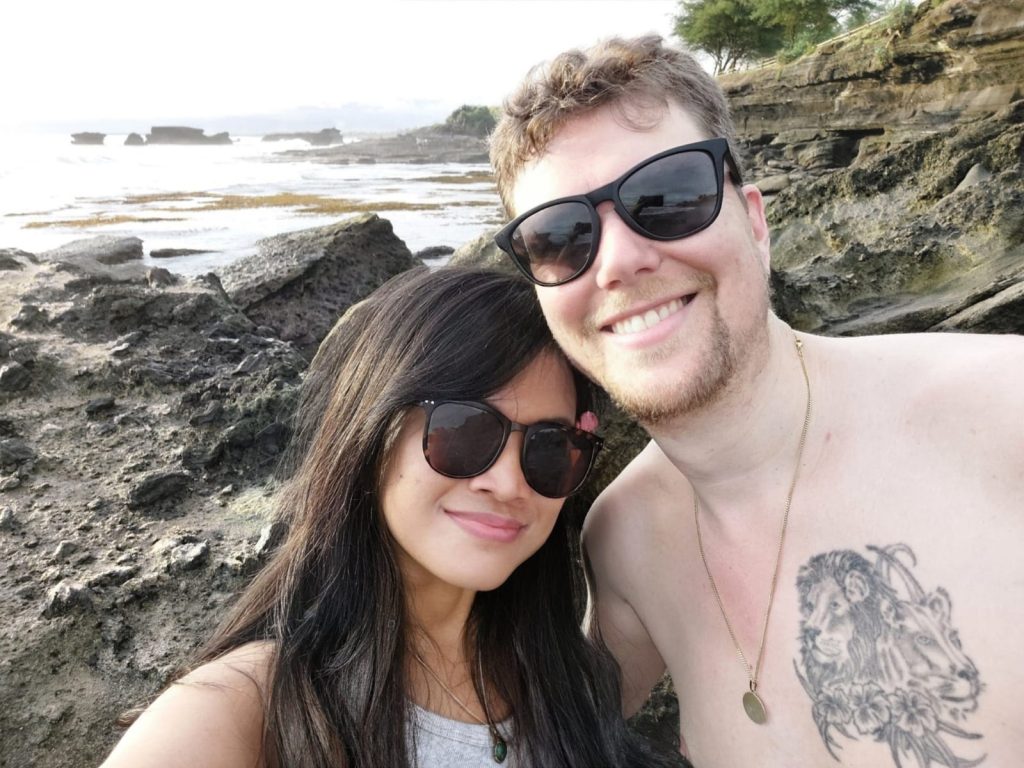
Bali, for us, wasn’t just a destination. It was a rhythm, a feeling, a series of moments soaked in color and laughter. The best way to see this island isn’t by rushing from one “must-see” to another. It’s by staying still. By breathing in. By letting each place touch you.
So hop on that motorbike. Get lost. Talk to strangers. Swim where the waves whisper your name.
And if you can, stay a little longer.
Let Bali seep into your soul.

